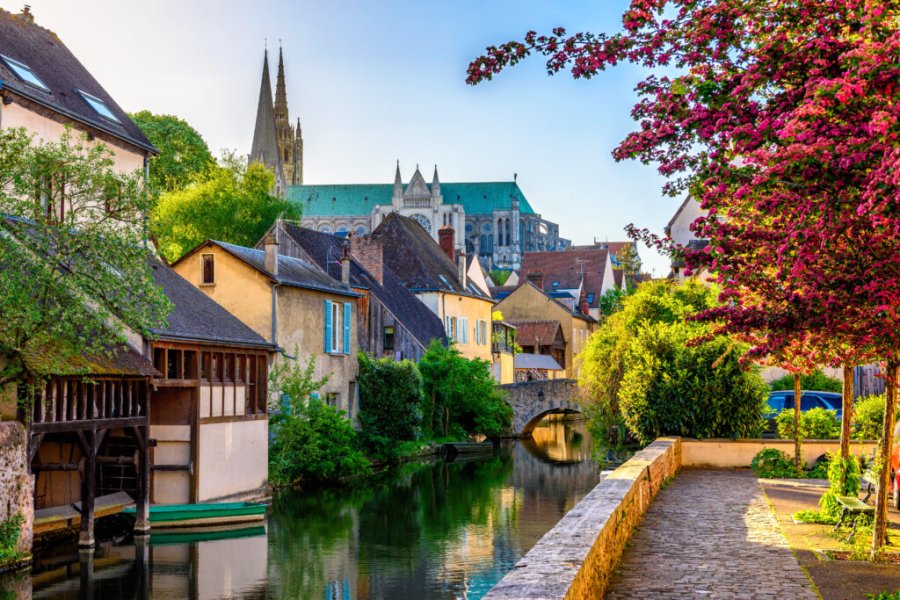Travel Guide Guijuelo
Find an accommodation
Advertising
Still located in Castile and León, this city of more than 5,900 inhabitants allows to discover a new province, that of Salamanca. But it will mainly be an opportunity to know the cradle of the Iberian jamón, which now became its reference place. Although the city has been part of the areas affected by the riots conducted by the León kings in the Middle Ages, its activity has been almost always around agriculture and livestock. Already with the pig in a determining animal but articulated around a family economy in which to kill the pig was to ensure a full year of resources. Everything changed in 1896 with the arrival of the mythical train of the Plata, linking Gijón to Seville and offering the city new outlets for sale. And it was the beginning of the twentieth century that the torre del reloj and the plaza of toros were inaugurated, signs of its new good fortune. Also reinforced by the beginning of the electrical fairy, in 1917, and by the construction of the first sewer system in the province of Salamanca. Still, at that time, not everyone benefits from it in the way and some elders can remember the envy of rich people 'as in Bejar' who could savor their ham sandwich when they traveled by train when they were satisfied with bread, rubbed with fat of ham. But the wheel sometimes turns. Today, as one of Spain's most emblematic products, Guijuelo enjoys a per capita income among the highest in the country and a particularly low unemployment rate: 25% versus 18.5% on average Spanish. Definitely, everything's good in the pig.
What to visit Guijuelo?
Advertising
Weather at the moment
Advertising
Organize your trip with our partners Guijuelo
Transportation
Book your plane tickets
Car Rental
Boat rental
Accommodation & stays
Find a hotel
Holiday rental
Find your campsite
Tailor-made trip
Immersion travel
Services / On site
Activities & visits
Find a doctor







